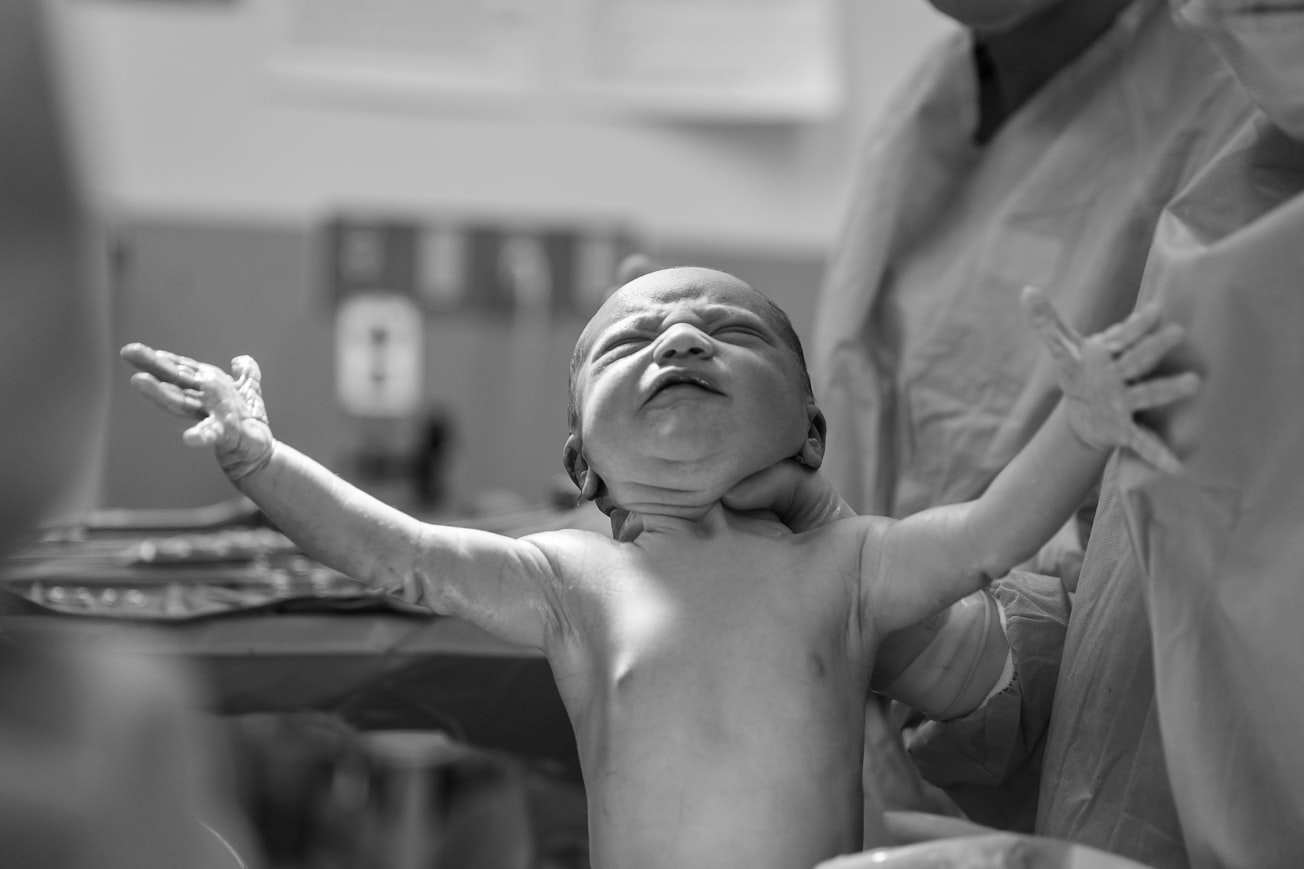What is it about?
This research starts with the example of a local legend and explores the routes it travels, both in terms of the story as it is told over time and the story as it is told in different places (in this case within the English West country, Ireland, the Netherlands, Switzerland and France). This is therefore an article about how similar stories adapt and influence each other over the centuries. It is also about how stories are context specific and how they migrate and adapt to fit their specific socio-historical environment. The study explores the value of looking a legend not only within their social and historical contexts but also their narrative contexts. The narrative context of a legend will be the network of other stories which are told and understood by the same community at the same time. Because narrative context informs meaning, this article finds that stories that are textually very similar (such as the Chulmleigh tale and ‘The Seven Churches’ from County Mayo) can have very different readings depending on where they are told This research suggests that particularly in medieval times, similar stories travelled further and wider than we might have assumed.
Featured Image

Photo by Alex Hockett on Unsplash
Why is it important?
There has been a recent resurgence of interest in narratives about the multiple births of children. For example, internet sites, such as the one cited in the article, suggest a specific interest in this legend type and the desire to collaborate with other scholars in terms of making international connections. This research is important because this particular Devon tale has never been looked at before in terms of its transmission over time. To my knowledge, this is the first detailed study looking at the connection between this tale as a motif type (multiple children being born in one birth) and similar tales in the Netherlands, Switzerland and France. This tale is ‘migratory’. This means that despite ostensibly being a ‘local’ story, a similar tale appears in different geographical areas at the same time. The work this article covers is therefore more widely applicable to other regional areas. Much of the material included in this article has not been widely accessible before because it has been held within regional archival collections only or because it has been printed by small publishers and is not widely available. The exciting news is that thanks to one digitalisation project through the National Sound Archive, material within this paper can be listened to ‘as told’ directly by the reader. One example is the story of Wadham's Castle told by Harry Adams which can be found by going into the British Library website (search British Library Sounds for the Bob and Jacqueline Patten English Folk Music Collection and search ‘Wadham's Castle’). Some of the legends explored within this article provide a window into social attitudes in the past. This is particularly true of Devon and Ireland, on which the article focuses.
Perspectives
As a West country Folklorist, I have always been intrigued by the Chulmleigh tale which features in this article. I regard this as a humorous tale which is unusual because it looks at the issue of having too many children from a male perspective. Many of these legends are enjoyable legends with comic value with the comparison of multiple children with animals such as dogs and pigs. For me it was incredibly exciting to discover how a very similar version of the same tale appears in two different languages (English and Irish) within different time periods. I am a very poor linguist, so it was a great asset to have the detailed work of Bondeson and Molenkamp on an earlier multiple-birth legend from the Netherlands. It was exciting to think through the similarities and differences of multiple-birth legends from various countries and it would be interesting to have feedback from any readers who know of additional versions elsewhere.
Dr Sarah J Davies
University of the West of England
Read the Original
This page is a summary of: Desperate Father or Murderous Fool? The Genesis of One Migratory Legend of Poverty, Fecundity and Multiple Birth, Folk Life, July 2016, Taylor & Francis,
DOI: 10.1080/04308778.2016.1227663.
You can read the full text:
Resources
Robert Patten (1948–2018)
Tribute to the folklore collector Robert (Bob) Patten. One Somerset legend collected by Bob and Jacqueline Patten features heavily in my article about multiple birth narratives.
The Bob & Jacqueline Patten English Folk Music Collection
This is a link to the British Library's National Sounds Archive. If you search within the Bob & Jacqueline Patten English Folk Music Collection you can listen to the Somerset narrative of 'seven in one birth' collected from Harry Adams directly yourself.
Contributors
The following have contributed to this page







